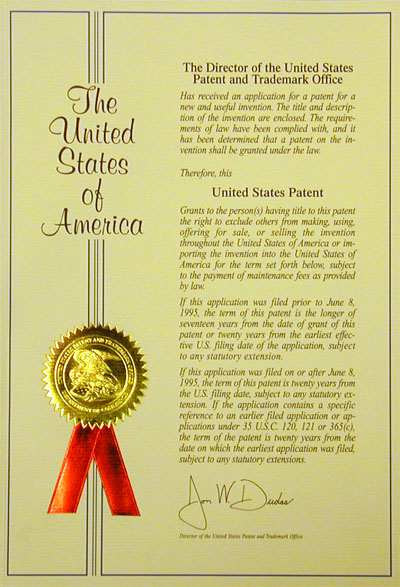One of the requirements for the granting of a patent is that the invention is new. To...
Intellectual property
Guest Post – Justin Blows is a Patent Attorney and the founder of Phoenix Intellectual Property. He has extensive...
Ryan Pawell is PhD candidate at the University of NSW and is developing an affordable disposable microfluidic chip...
Rob McInnes is a Partner at Dibbs Barker in their Intellectual Property Group. He advises established businesses, start-ups, research organisations,...



